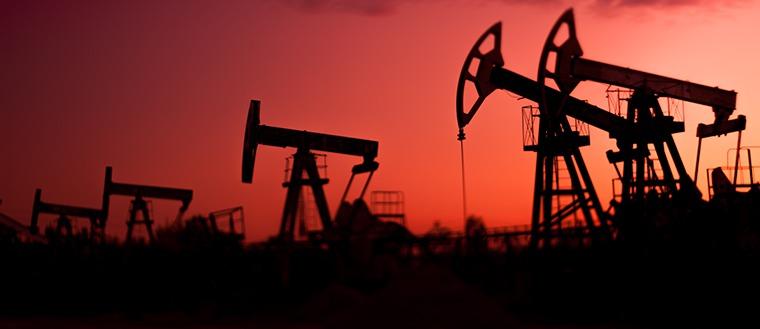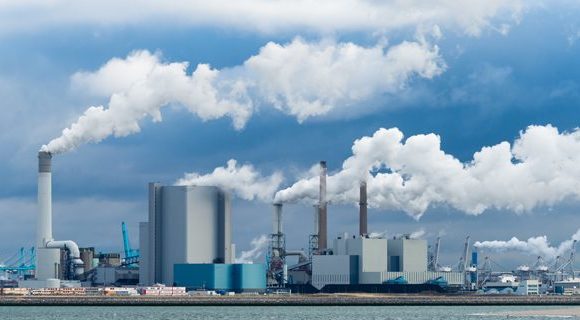An Overview of the New Natural Gas Industry

By J. L. Thompson
Petroleum-based fuels are less appealing than they used to be. With every year that passes they become scarcer and more expensive. The environmental impact of these fuels is no longer as easily ignored as it once was. Consumers are starting to demand cheaper, greener fuels. There are a number of different fuels that could meet that demand. One of the chief contenders is natural gas. This naturally occurring fuel is created by the decomposition of organic material. Vast reservoirs of it exist underground and, because it is a renewable fuel, more is being created all the time. Not only that, it can even be created artificially by decomposing sewage and garbage. Both consumers and investors have started taking notice. In the last few years the infrastructure for producing and distributing natural gas has started developing rapidly, and vehicles that run on natural gas are now in use across the nation.
Advantages
There are a number of significant advantages that natural gas enjoys over other fuels:
- When burned, it creates carbon monoxide levels that are 90% lower than those created by petroleum gas or diesel. Sulfur, carbon dioxide, and nitrogen emissions from natural gas are also lower. Burning natural gas is much more environmentally friendly than burning petroleum fuels.
- Because natural gas can be created from ordinary garbage, it could potentially reduce landfill use by a large amount. Many municipalities may no longer have to worry about finding new places to dump refuse.
- Unlike other renewable fuels like solar or wind, natural gas can work in any conditions. Solar power only works when the sun is shining. Wind power is only available when a strong wind is blowing. Both systems need extensive, inefficient battery systems to store power for use outside of these times.
- Natural gas extraction is much more efficient than it was even a few years ago. With extraction efficiencies approaching 70%, it is now economical to produce on a national scale.
- With recent innovations, man-made natural gas is just as pure as the natural gas pulled out of the ground. This means that it can now be pumped through the national gas grid. There is no need to build extensive new infrastructure to distribute it.
- Natural gas is much less toxic than petroleum gas. If it is accidentally spilled then it will not harm either water or soil.
- Because this fuel can be made out of garbage, it can be easily produced domestically. Ending America’s reliance on foreign sources of fuel will improve national security. It could also improve the economy.
Natural Gas Vehicles
With the recent changes in natural gas extraction and distribution, nation-wide use of renewable natural gas has started. There are now more than 135,000 natural gas-powered cars and trucks in use by large corporations and private citizens alike. Large chains such as Lowe’s have started the process of converting all of their trucks to run on natural gas, having found that it is now cheaper than fossil fuels. Hundreds of taxis and other commercial vehicles in California now run on natural gas.
Vehicles that run on natural gas have power, acceleration, and top cruising speeds that are similar to those that are powered by fossil fuels. In general, though, they do not have quite as much range as vehicles powered by fossil fuels do. However, General Motors has recently developed a sedan powered by natural gas that has a range of 500 miles, making it genuinely competitive with more traditional sedans. In general, natural gas costs less than petroleum gas. Its price will likely continue to drop, while the price of petroleum gas will likely continue to rise.
Ordinary cars and trucks can be converted to run on natural gas with a system retrofitter. Expensive to purchase and install, it nevertheless saves significantly more money in fuel costs over the life of the vehicle. Extra fuel tanks can be installed to increase the driving range.
A compromise between the use of natural and fossil gases is the bi-fuel car or truck. These vehicles run on natural gas but use petroleum gas to start up, because start-up requires more energy. The result is a vehicle that is more fuel-efficient than natural gas could be, but also less clean.
Infrastructure
In response to this surge in use, some companies have started to distribute natural gas as automotive fuel on a national scale. There are now almost 1,400 natural gas filling stations in the country. Many of these companies have started building massive production facilities. Natural gas vehicle use is starting to become important. The infrastructure is already under construction. Every new natural gas-powered vehicle produced increases the speed of infrastructure construction.
Many other companies have begun producing the gas for other purposes. Many citizens of Illinois now receive man-made gas through their existing pipes. Green Group Holdings is buying landfills across the country in the hope of becoming the major producer of the man-made variety. As this infrastructure is developed and prices fall, other industries will find new uses for it.
The Future
Natural gas has started creeping into the daily lives of average citizens. It now runs lawnmowers and emergency generators. It is used to heat homes in the winter. As more people use this fuel, and save money by using it, demand will grow. It appeals to those looking to save money and those looking to save the environment. Given the unreliability of other alternative energies and the rising prices of fossil fuels, natural gas is sure to play a significant role in the future.















